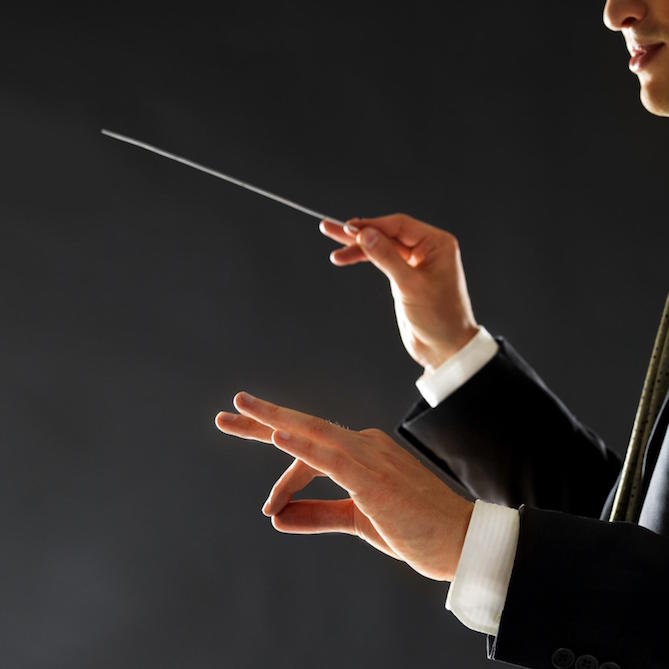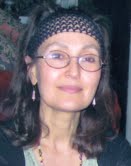
Raising the Arms (Part 1)
Selma Gokcen
You are a marvel. You are unique. In all the years that have passed there has never been another child like you. Your legs, your arms, your clever fingers, the way you move. You may become a Shakespeare, a Michelangelo, a Beethoven. You have the capacity for anything. Yes, you are a marvel.
– Pablo Casals
Pablo Casals, ever aware of the miracle of life and of how gesture can be informed with thought and feeling, could elicit from his cello or from his orchestra sounds that could penetrate the heart. To watch him moving his arms as he played or conducted was to witness the reaching forth from his inner being to the outer world.
Arms are conductors of the energy within. They bear the fruits of our thought in action, they take our hands to the very place we wish to touch or hold; they make it possible for the fingers to express our simplest and our deepest intentions as musicians.
Watching the arms is a clue to the state of a person’s thought—they can reveal tensions, anxieties, or emotional distress (at a time of loss, the arms and hands tell the inner story and seek out others instinctively to receive support). In a charismatic speaker or performer, the arms can act as a compass, defining the magnitude of a phrase or an idea and holding the attention of the audience through the tempo of their movement in space. The way a musician enters the stage, either swinging or holding his/her arms, ready to embrace or ready to fight—is detected at a subliminal level by the audience. As the performer warms to the audience, the arms loosen and the connection is established between player and listener. Fear contracts, fight braces, but love expands.
The first gesture we learn as players is to take hold of the instrument that fascinates us. I remember once meeting a four year old Chinese boy in Beijing who had been playing the cello less than a year. He could hardly wait for his father to remove the case from his 1/8 size cello, pulling and tugging to help; once out, he grabbed the instrument faster than a squirrel on a nut. His arms told me more than any words could that he just loved playing his cello.
Indian and Persian musicians in training must first learn what it is to touch their instrument, as touch is symbolic of the reverence and respect accorded their chosen medium of spiritual transmission. The instrument is at once inanimate and animate; its life is awakened by the touch of the musician who opens to and is touched by the divine powers expressed through the music.
Raising the arms is a simple movement, one we hardly give thought to, and yet it is the rare cellist in whom the arms and wrists are free. Just the opposite in fact. Mostly one sees arms that are doing the work of the back, trying to produce the energy needed to play. The true masters of any instrument, not only the cello, demonstrate to us that free arms are the expressive agents of the soul.
This installment therefore opens the question of how we make this fundamental gesture from which all else follows. FM Alexander noted in his writings the following words which sum up many of the problems musicians face in their work:
Stiffened necks and arms of people of today are outward signs of the imperfect development and lack of coordination of the muscular system of the back and spine.
Arms and necks are stiffened in performing actions which properly call for the perfect coordination of the muscular mechanisms of the back.
The Alexander Technique is one way of learning to acknowledge—to come to experience in our bodies—how much the arms and hands overdo. They are the slaves of an overactive and wasteful mind continually exerting too much energy in all directions.
In the teaching of the Alexander Technique, the first step is the practice of inward quietness, without which we cannot develop the sensitivity to notice how and where we are overdoing. Becoming quiet and inwardly still enables us gradually to become aware of these interferences.
My students often are surprised by the discovery that they are ‘holding onto’ their arms or legs when they had no idea they were doing so. As we ascend levels in the work, this discovery recurs to a finer and finer degree.
Musicians are generally not prepared to accept that their unproductive habits do not originate with the instrument. Their patterns of overdoing—their manner of giving attention to their work—are formed by all their activities, by the way they live, music being the claim on most of their time and energy. This ‘manner of the Use of the Self’, as FM Alexander called it, underlies all our reactions and holds the key to changing our habits at the cello. It is a long process of ‘undoing’ these ways of thinking.
Subjects: Playing Healthy
Tags: Alexander Technique, anxiety, body, Casals, cello, cellobello, expression, Gokcen, movement, music, musicians, power, quietness, Selma, Spine
